Diversity in the past
The materials in this section are all focused on the choices that teachers have to make about the substantive content of their curriculum. The diversity that all students encounter within the past – the range of specific individuals and groups of people about whom they learn – and the ways in which different topics are treated within the curriculum are known to impact on the extent to which young people engage with school history and on the connections that they see between past and present. The resources in this section illustrate different ways in which teachers have increased the diversity of their curriculum – paying more attention, for example, to women other than monarchs in the early modern period; examining the work of Black British civil rights campaigners; or questioning the stereotype of the English ‘Tommy’ in examining who fought for Britain on the Western Front. Teachers will need to develop their own subject knowledge if they are to teach more diverse pasts and many of these resources help to provide some of that new knowledge or show where it can be found.
-

PowerPoint presentation on developing ways to mainstream Black and Asian British history
ArticleClick to view -

Putting black into the Union Jack: weaving Black history into the Year 7 to 9 curriculum
ArticleClick to view -
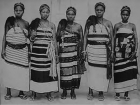
Reimagining the ‘Aba Riots’
ArticleClick to view -
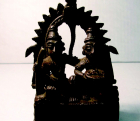
Representations of Empire: Learning through Objects
ArticleClick to view -

Seeing a different picture: exploring migration through the lens of history
ArticleClick to view -

Shaping what matters: Year 9 decide why we should care about the Windrush scandal
ArticleClick to view -

Sharing The Past: Northamptonshire's Black History
ArticleClick to view -

Teaching Britain’s ‘civil rights’ history
ArticleClick to view -
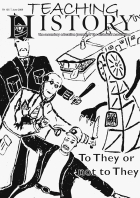
Teaching History 135: To They or Not To They
ArticleClick to view -

Teaching controversial issues...where controversial issues really matter
ArticleClick to view -

Telling difficult stories about the creation of Bangladesh
ArticleClick to view -

The Hopi is different from the Pawnee: using a datafile to explore pattern and diversity
ArticleClick to view -
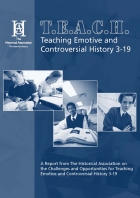
The T.E.A.C.H. Report
ArticleClick to view -

Thinking beyond boundaries
ArticleClick to view -

Thinking from the inside: je suis le roi
ArticleClick to view -

Tracing the popular memory of Rosa Parks with Year 9
ArticleClick to view -
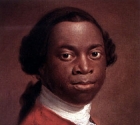
Triumphs Show 148.1: collaborating to commemorate Olaudah Equiano
ArticleClick to view -

Triumphs Show 156: Fresh perspectives on the First World War
ArticleClick to view -

Triumphs Show 167: Keeping the 1960s complicated
ArticleClick to view -

Triumphs Show 170: making a place for fieldwork in history lessons
ArticleClick to view

